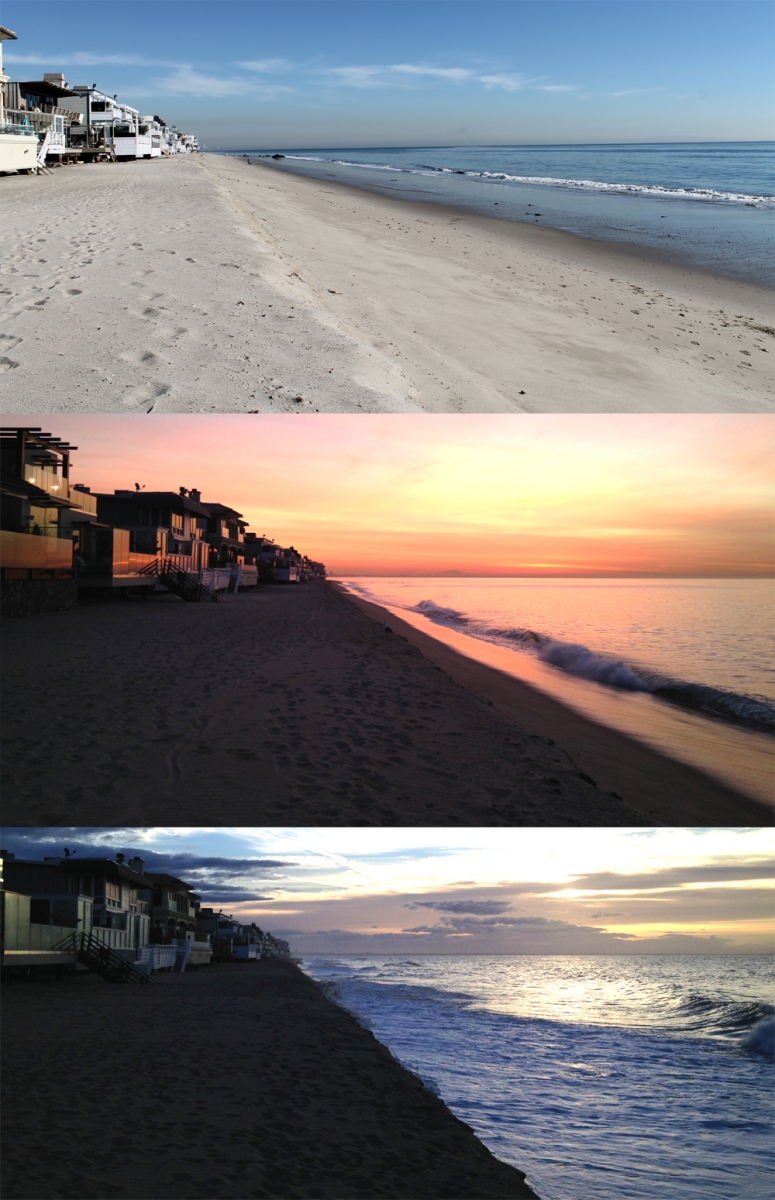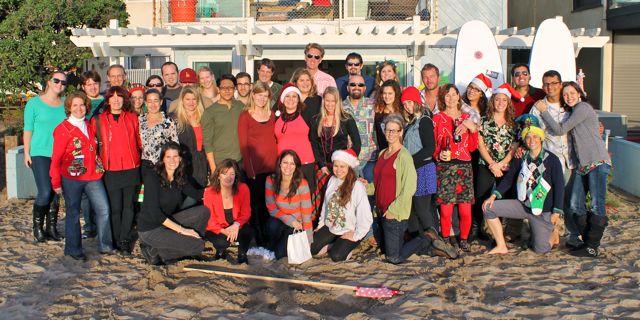The EPA released its final National Recreational Beach Water Quality Criteria this week. After many years of fighting for strong protections, we are greeting the new standards with mixed emotions. The criteria, which hadn’t been updated since 1986, basically determine the allowable levels of illness-inducing bacteria in our nation’s waterbodies. They are a critical tool for ensuring that people don’t get sick when they take a swim at their local beach or lake.
On the positive side, the new guidelines are more protective of public health in several respects than those floated in a surprisingly weak draft document last December. These improvements are thanks to the efforts of Heal the Bay and other environmental organizations.
However, there are some major steps backwards from the 1986 criteria. For instance, the new criteria allow for states to choose between two sets of standards based on two different estimated illness rates. Giving the states the option of selecting between two illness rates makes no sense.
Letting states determine their own “acceptable illness rates” allows for major inconsistencies in public health protection among states. What state, if left the choice, would sign-up for stricter standards? The less relaxed standard of the two is clearly less protective of public health, though EPA inaccurately claims that either set of criteria would protect public health. Further, we do not believe the illness rates that were selected (32 or 36 allowable illnesses for every 1,000 recreators) are protective enough of public health.
The EPA also missed a major opportunity to encourage states to provide more timely water quality results, through testing known as rapid methods.
Standard testing of water samples now take between 18-24 hours to process, meaning that the public is getting day-old water quality information, at best. EPA developed a rapid method that would get us closer to real-time measurement, therefore increasing public health protection. However, this method cannot be used as a stand-alone process under the new criteria, therefore leaving little incentive for states to move forward with more timely measurement.
The EPA is also providing too much wiggle room to municipalities in the new guidelines by allowing them to employ unproven alternative criteria at certain sites. So-called Quantitative Microbial Risk Assessment (QMRA) allows agencies to assess potential human health risks based strictly on the presence of different fecal sources including humans, birds, cows, and dogs. in the beach water. However, much research has yet to be conducted on illness rates and risk associated with specific sources. The alternative criteria are premature to use at most sites. QMRA should only be pursued at remote beach locations (non-urbanized) with no known human sources or influences.
However, not all was lost. Heal the Bay worked very hard to change the draft criteria’s proposed 90-day geometric mean standard to 30-days, which is more indicative of the latest beach water quality, thereby more protective of public health. This change was made in the final criteria.
In addition, we made some headway with the allowable exceedance threshold. If a water sample exceeds the bacteria standard it means there is a potential public health risk. A lower allowable exceedance rate will trigger action from the polluter more readily and this will increase public health protection.
So it’s encouraging to see the EPA lower the previously proposed national water quality exceedance threshold from 25% to 10% (above the standard), which is more in-line with California’s current allowable exceedance rates. An allowable exceedance rate of 25% could mask chronically polluted beaches, therefore inhibiting future water quality improvement efforts.
Over the past year, Heal the Bay, along with a coalition of concerned environmental groups, fought tirelessly to strengthen the draft criteria. We submitted detailed comments including an extensive data analysis to EPA, attended countless meetings with EPA staffers, and created a campaign centered on submitting hundreds of petitions directly to EPA’s Administrator, Lisa Jackson, urging for criteria with strong public health protection.
We also solicited the support of members of congress, such as Congressman Henry Waxman, who expressed concerns to USEPA about their approach. (Kirsten James, our Water Quality Director, traveled to Washington, D.C. to lobby lawmakers on strengthening new recreational water quality criteria.)
We made several important steps forward to strengthen the EPA’s final revised standards. But we are concerned that having two sets of criteria could lead to confusion for the public and for those implementing the new criteria. It may mean the status quo in some states, though hopefully states will choose the criteria more protective of public health.
To compound this, EPA’s Beach Grant fund, which allocates moneys towards state beach monitoring programs, may be completely eliminated in the near future. Absence of this support could lead to major backsliding of state beach programs. We are encouraging states to explore more sustainable funding sources in addition to implementing the more protective criteria, to better protect beach-goers from getting sick after a day at the beach.
Urge your congressional representative to support federal funding for beach water testing programs.




